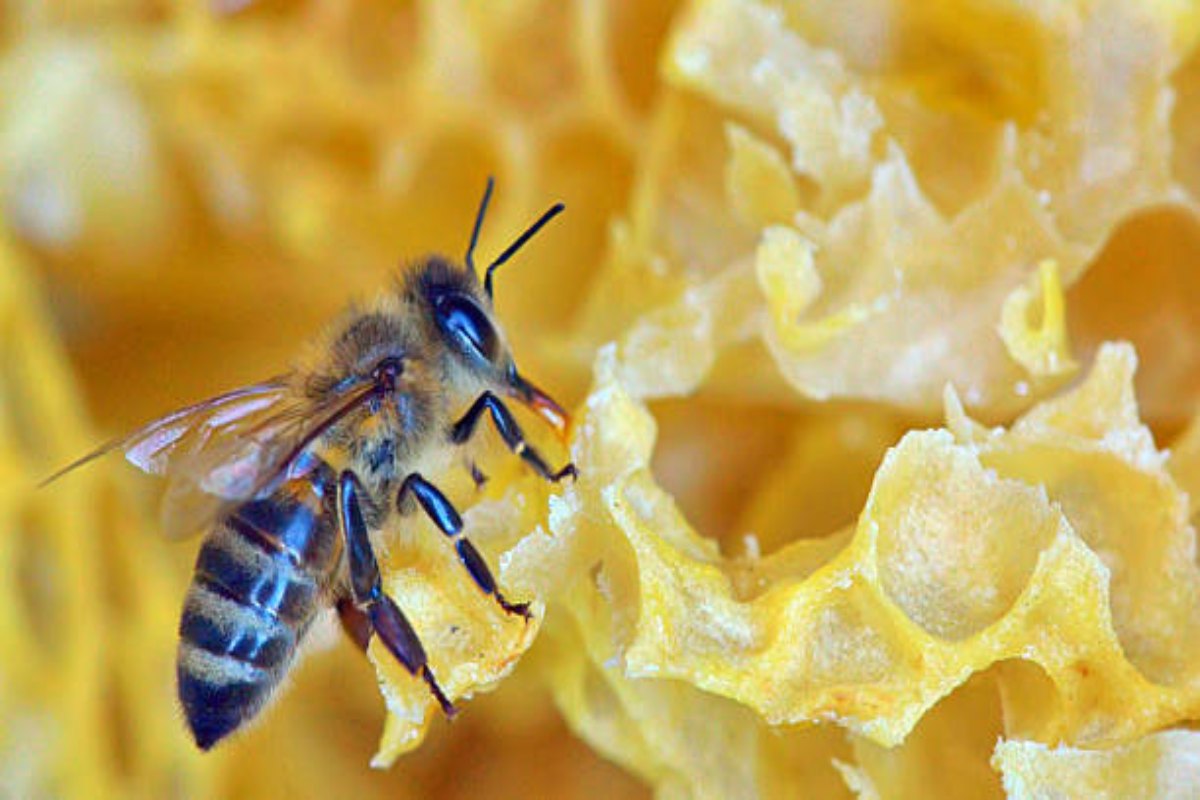Before it’s too late
One day we will find that the millions of insects we have killed, through pest control, could have saved our lives
A well-connected nest reduces the surface area-to-volume ratio, potentially enhancing thermoregulation efficiency, improving larvae development and winter survival.

[Representational Photo : iStock]
Auburn University researchers showed that honey bee colonies had extraordinary skills to adapt and preserve their nest construction even in the face of severe disturbances.
Contrary to previous assumptions, the researchers found that the disruption of three-dimensional nest structure while colonies were building their nests did not hinder colony performance. The findings shed new light on the adaptive nature of honey bee colonies and how nest structure contributes to colony function. The study focused on the intricate three-dimensional nest building behavior of honey bee colonies. To investigate the development of honey bee nests over time, the research team employed non-destructive, photo-based sampling methods using moveable wooden bee-frames. This approach allowed them to observe and analyze the growth and organization of combs within the nests without sacrificing the colonies. They found that honey bees rapidly build a well-connected spheroid nest composed of parallel combs that expand in all directions from the nest origin.
Advertisement
To test how important this stereotyped structure is for colony development, the international team of researchers disrupted the nest structure of another group of colonies by rearranging the movable wooden bee-frames in a new randomized order every week. They initially hypothesized that this disruption would negatively impact colony-level performance. However, the study revealed no significant difference in worker population, comb area, hive weight, or nest temperature between colonies with intact nest structures and those with disrupted nest structures.
Advertisement
The surprising lack of difference in colony performance led the researchers to explore the mechanisms behind the honey bees’ ability to compensate for repeated disruptions. By modeling the colony’s building behavior, they found that colonies prioritize structural connectedness when expanding their nests, actively repairing connections in the three-dimensional nest structure following the experimental disruptions. This highlights the colony’s ability to adapt their comb shape to the available space within a cavity, an essential skill in the wild, where cavities are not uniform.
The study also identified potential reasons why honey bees prioritize nest connectedness. A well-connected nest reduces the surface area-to-volume ratio, potentially enhancing thermoregulation efficiency, improving larvae development and winter survival. It also may facilitate information-sharing among colony members and optimize travel distances within the nest for essential activities such as foraging, feeding larvae, and egg-laying.
“We were all surprised that the shuffled colonies performed as well as they did,” said Auburn’s Peter R. Marting, the first author of the study. “We expected some shuffled colonies wouldn’t even survive the summer. The bees’ resilience led us to take a closer look at how and where exactly workers were adding new comb to shape their nests and ultimately led us to develop the predictive comb growth models.”
The research team believes that understanding the underlying mechanisms behind these adaptive building strategies in social insects can provide valuable insights into collective intelligence and resilience in complex systems.
The study, “Manipulating nest architecture reveals three-dimensional building strategies and colony resilience in honeybees,” appears in the journal Proceedings of the Royal Society B: Biological Sciences and is available for reference.
“Honey bees are an extremely well-studied system, but many basic developmental questions remain unanswered, because we don’t typically look at the colony’s natural life cycle,” said Michael L. Smith, senior author of the study. “Sometimes you just have to do the experiment and see what the bees will do.”
Advertisement